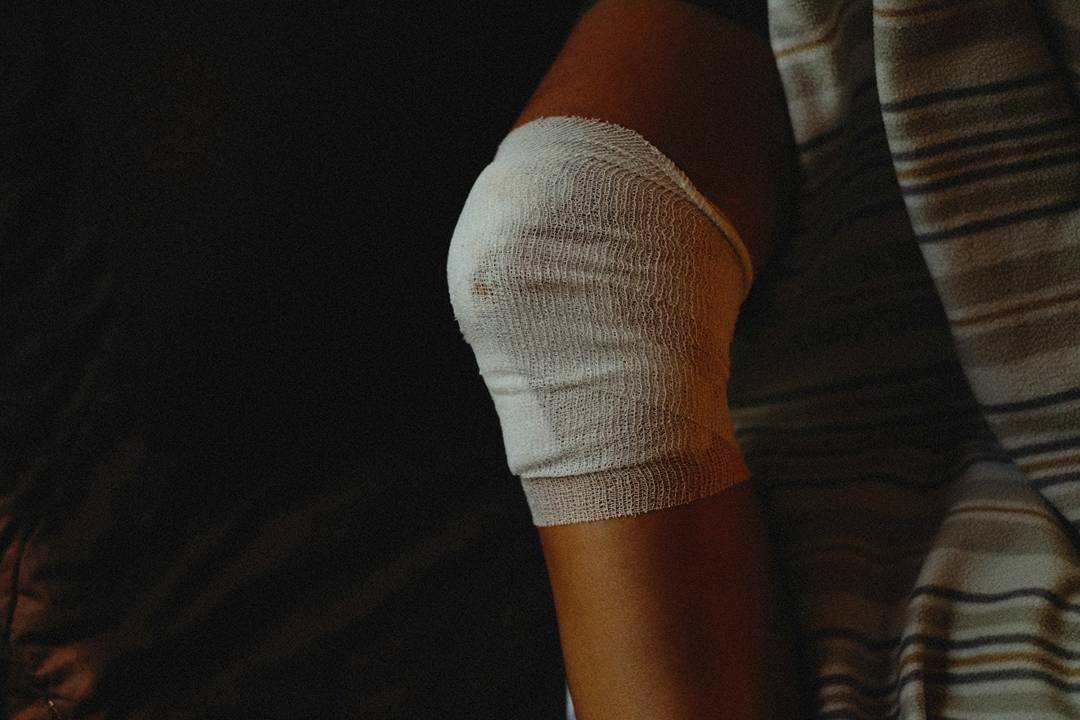
What Are the Most Common Injuries Among Healthcare Workers
Medical professionals encounter distinctive workplace dangers that surpass the injury frequencies seen across most other sectors. The rigorous demands of healthcare delivery, along with physical needs, contact with hazardous substances, and intense work conditions, form an ideal combination for on-the-job injuries.
Recognizing these prevalent injury trends enables medical institutions to develop enhanced safety measures while emphasizing the substantial hazards that healthcare workers face in their dedication to treating patients. Here are the most common injuries among healthcare workers.
Musculoskeletal Injuries from Patient Handling
Healthcare workers suffer back injuries more than any other type of workplace injury, with these incidents making up approximately 40% of all occupational accidents in medical facilities. Most of these injuries happen when staff move patients between locations, lift patients who cannot move themselves, or adjust patient positioning in hospital beds.
Medical personnel commonly develop disc herniation, pulled muscles, and ongoing lower back discomfort from the repetitive physical demands of caring for patients.
The physical mechanics of moving patients place tremendous strain on the spine and surrounding muscle groups. When executed with poor technique, a standard patient transfer can create forces similar to lifting weights of several hundred pounds.
Crises worsen these hazards, as medical staff often cannot take time to employ correct lifting methods or utilize mechanical aids. The lasting effects include persistent pain conditions that may compel skilled healthcare professionals to abandon hands-on patient care positions earlier than planned.
Slips, Trips, and Falls
Many slip and fall hazards exist in healthcare facilities: damp floors from regular cleaning, spilled biological fluids, and mobile equipment running across halls. Such mishaps can result in sprains, fractures, and brain injuries that can restrict the capacity of medical professionals to perform essential tasks. Emergency rooms and operating theaters see exceptionally high frequencies of slip-related accidents due to regular fluid exposure and time-sensitive patient care scenarios.
The effects of fall-related injuries frequently persist well beyond the immediate incident. Healthcare professionals may experience ongoing joint complications, need prolonged rehabilitation therapy, or encounter lasting restrictions in performing the physically intensive components of patient treatment. Healing timelines can extend for months, leading to workforce shortages that compromise the standard of patient care delivery.
Speaking with a St. Louis workers' compensation lawyer will help guarantee that healthcare workers receive the right benefits and assistance during their recuperation after suffering serious injuries that affect their capacity to perform.
Needlestick and Sharps Injuries
Healthcare workers face substantial immediate and long-term health threats from sharp instrument injuries, with more than 600,000 cases documented each year in the United States. These incidents mainly happen during standard medical procedures using needles, scalpels, fractured glass containers, and other pointed medical tools. The effects go well beyond the original wound, as such accidents present considerable danger of bloodborne pathogen transmission, including hepatitis B, hepatitis C, and HIV.
Following exposure, protocols demand prompt medical care, comprehensive testing, and possible preventive treatment that may continue for months. The mental health effects are frequently just as tricky, with healthcare personnel experiencing worry about possible infection during the waiting period for test outcomes.
Although numerous healthcare facilities have adopted safety-enhanced equipment and needle-free technologies, injuries from sharp instruments remain an ongoing workplace danger throughout all medical specialties.
Chemical and Biological Exposure Injuries
Healthcare facilities harbor dangerous chemicals that can trigger immediate and long-lasting health issues. Workers face exposure threats from cancer treatment medications, surgical gases, and cleaning agents through breathing and direct skin contact, potentially resulting in breathing difficulties, skin irritation, and severe future health complications. Those in laboratory settings encounter added dangers from biological samples and chemical compounds.
Chemical-related lung injuries are becoming more widely documented, especially among staff who sterilize medical equipment and handle cancer drugs. While effective air filtration systems and protective gear are essential safeguards, broken equipment and workers skipping safety steps continue to cause dangerous chemical exposures.
Workplace Violence Incidents
Healthcare professionals deal with occupational violence four times more than in other sectors. Threatening behavior, verbal abuse, and physical attacks produce long-term psychological trauma as well as instantaneous bodily damage. Highest occurrence rates are reported from elderly care institutions, psychiatric units, and emergency rooms.
Medical illnesses influencing cognitive ability, including dementia, psychiatric diseases, drug misuse, or side effects of medications, might cause patient-related violence. Patients who are confused or afraid may attack caregivers trying to administer treatment. High-stress family members go through during medical crises could also inspire hostility toward medical professionals.
Endnote
The emotional and physical effects of occupational injuries on medical professionals go much beyond the specific incidence. These injuries impact not only individual employees but also general system resilience, patient care quality, and healthcare delivery capacity. Protecting the healthcare workforce and guaranteeing sustainable patient care depend on complete prevention programs, appropriate staffing levels, and continuous safety training.

Comments (0)